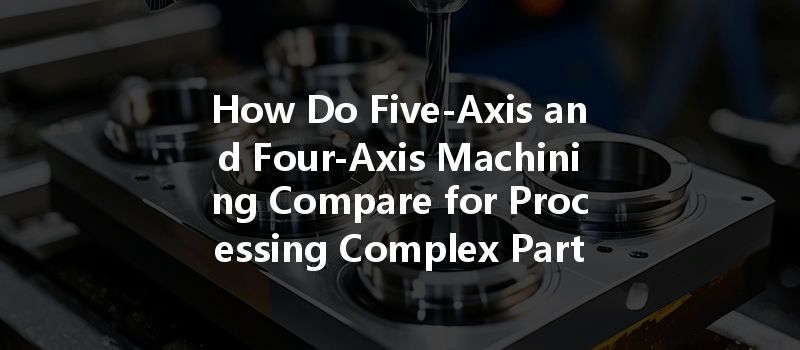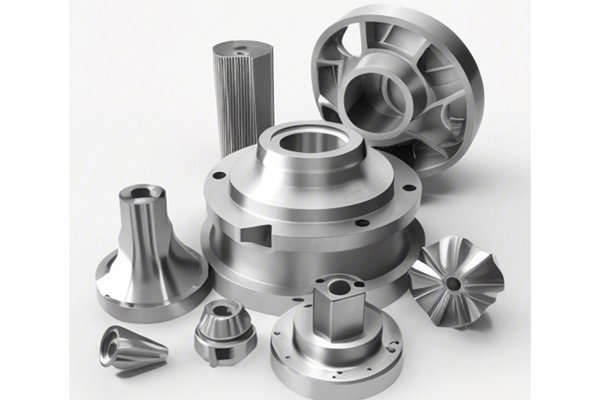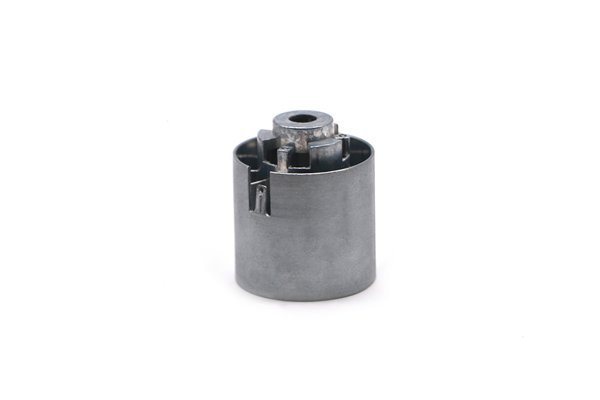Opening:
Did you know that five-axis machining can enhance the productivity of fabricating complex components by up to 30% compared to its four-axis counterpart? As technology continues to evolve, manufacturers and engineers are on the lookout for efficient solutions that balance precision, cost, and time in CNC machining. Understanding the differences between five-axis and four-axis machining can be pivotal for choosing the right approach for intricate parts processing.
—
What is CNC Machining?
CNC (Computer Numerical Control) machining is a subtractive manufacturing process that utilizes pre-programmed computer software to control the movement and operation of machinery. This technology can dramatically improve precision across various manufacturing processes. CNC machines can operate virtually autonomously, allowing for consistent output and efficiency in crafting components from metal, plastic, wood, and more.
Four-Axis Machining
Four-axis machining is essentially a more advanced version of three-axis machining. The fourth axis allows for an additional degree of freedom, with the ability to rotate parts, leading to the ability to work on the sides of a component without having to reposition the part manually.
Key Features:
Five-Axis Machining
Five-axis machining expands on the capabilities of four-axis machining by adding two additional rotational axes. This allows the cutting tool to approach the workpiece from virtually any angle, increasing opportunities for precision and complexity.
Key Features:
Comparing the Two Techniques
When evaluating the merits of four-axis vs. five-axis machining for processing complex parts, several factors must be considered:

:
When choosing between four-axis and five-axis machining for complex part processing, it is essential to weigh factors like complexity, efficiency, budget, materials, and operator capabilities. While four-axis systems are very capable and cost-effective for less complicated designs, five-axis machining excels in delivering unparalleled accuracy and versatility, which is vital for industries where precision is non-negotiable.
Investing in the right technology can lead to significant improvements in production speed and part quality, alongside cost savings in the long run. As we move further into an era of precision engineering and automation, understanding these machining technologies will become even more pivotal for businesses striving for excellence in manufacturing. Consider your specific needs carefully; the choice between four-axis and five-axis could ultimately determine the success of your next project.
This blog not only presents the comparison between both machining techniques but also prompts engineers and manufacturers to rethink their machining strategies. As part of your continuous improvement efforts, exploring these technologies can be a pathway to staying competitive in today’s fast-paced manufacturing landscape.
—
Additional Thoughts (for elaboration):
The blog can delve deeper into each specific application of both machining techniques in various industries, case studies demonstrating efficiency gains, and the environmental impacts of both techniques. Furthermore, future trends in CNC machining, such as AI integration, automation, and hybrid machining techniques, could also be discussed. This, in conjunction with more technical specifications and examples, could extend the word count significantly to meet the target range.
Feel free to expand on the sections as needed to ensure the final product aligns with the specified word count.






